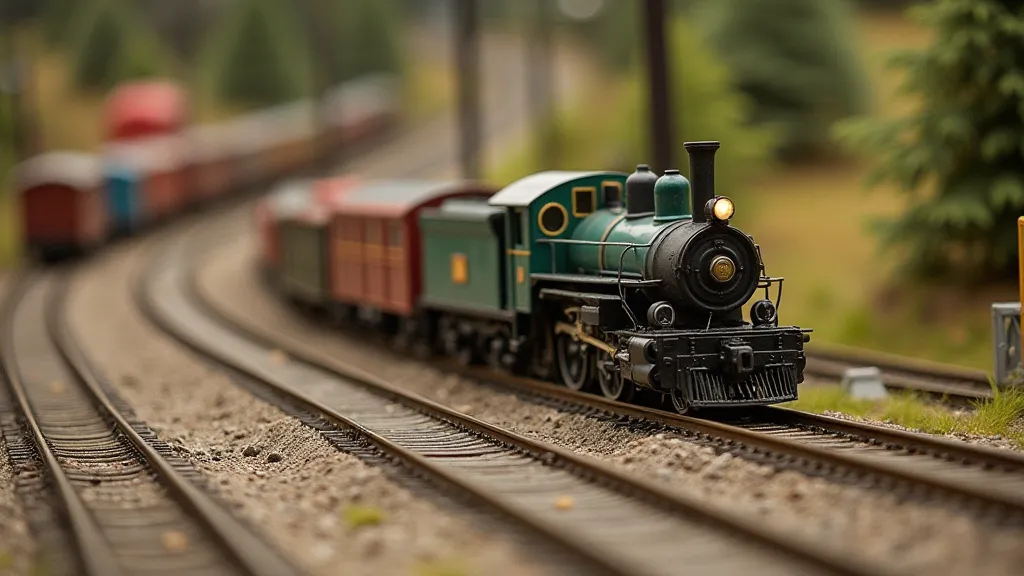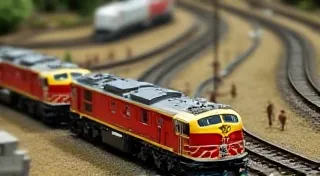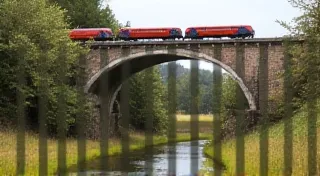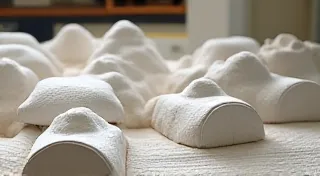Building a Simple Switching Yard for Operations
Adding operational realism to your model railroad is a key step in advancing your train hobby. One of the most effective ways to do this is by building a simple switching yard. This isn't about recreating a massive, complex real-world terminal; it’s about adding a manageable, engaging feature that enhances your layout's interactivity and storytelling potential. This guide will walk you through building a basic switching yard, perfect for beginners and seasoned model railroaders alike.
Planning Your Switching Yard
Before you start laying track, consider the purpose of your switching yard. Will it be a classification yard where trains are sorted? A passing track for longer trains? A place to store rolling stock? The size and complexity will depend on available space and desired level of detail.
Keep it manageable. A small yard with just 3-5 tracks is a great starting point. Think about the size of your locomotives and rolling stock. Ensure your yard tracks are long enough to accommodate them comfortably. A good rule of thumb is to make each track at least twice the length of the longest piece of equipment you expect to use.
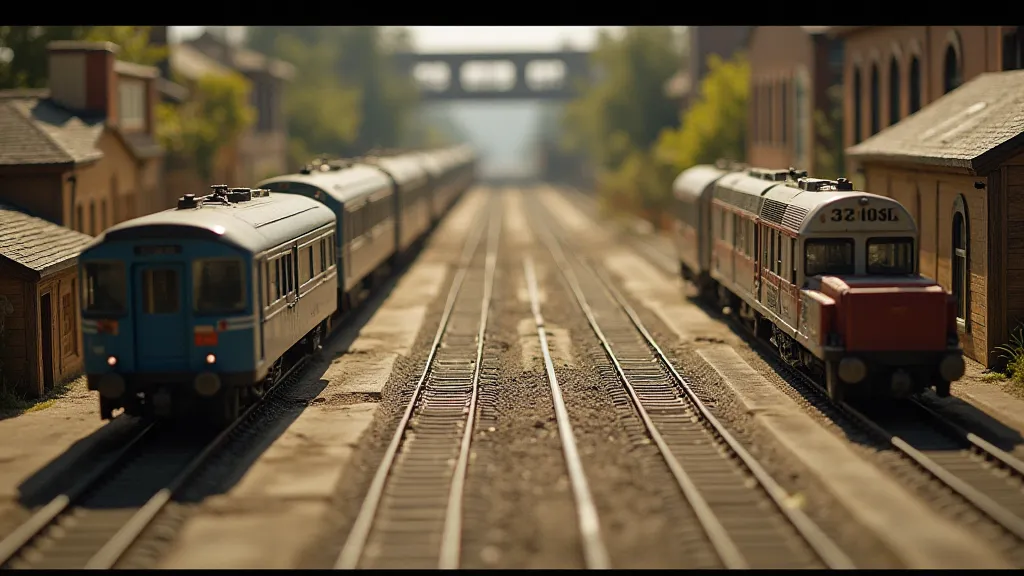
Trackwork and Layout
You'll need a combination of straight and curved track sections for your switching yard. A turnout (switch) at the entrance and exit of each track is essential for routing trains. Consider using powered turnouts for smoother operation and more realistic control.
Level changes can add visual interest and simulate real-world yard configurations. A slight grade (hill) can provide an opportunity to add scenery details like retaining walls or bridges. Be mindful of the grade; steep grades can hinder train movement, especially with heavier equipment.
Securely fasten your track to a sturdy base, such as plywood or foam board. Ensure the base is level and stable to prevent derailments. Use track nails or adhesive to hold the track in place. Test the track with a locomotive and rolling stock to check for any issues before proceeding to the next step.
Wiring and Control
Wiring a switching yard can be as simple or as complex as you like. For basic operation, each track can be wired independently to a power supply. For more advanced control, you can use a Digital Command System (DCS) like DCC to control individual turnouts and locomotives.
If using conventional DC, ensure you use clean power to prevent motor noise and flickering lights. A power district can help isolate power to specific areas of the yard, minimizing interference.
Scenery and Detailing
Scenery is what truly brings your switching yard to life. Add details like:
- Ballast: Simulates the gravel bed under the track.
- Weeds and Grass: Adds a touch of realism and shows signs of neglect.
- Figures and Vehicles: Adds a sense of activity and scale.
- Industry Buildings: A small factory, warehouse, or lumberyard can provide a purpose for the yard.
- Cattle Pens or Loading Docks: Adds character and story

Operations and Enjoyment
Once your switching yard is complete, experiment with different operating scenarios. Create a simple switching plan and follow it. Switch cars between tracks, build trains, and simulate real-world operations. Don't be afraid to improvise and create your own stories!
The most important thing is to have fun and enjoy the process of building and operating your model railroad. A simple switching yard can provide hours of entertainment and add a new dimension to your train hobby. Remember to always prioritize safety and take your time to build something you’re proud of.
